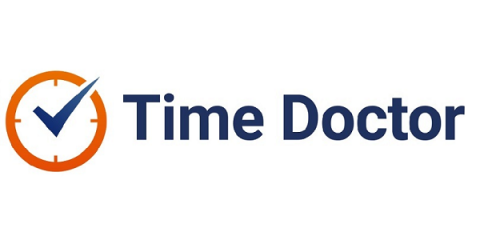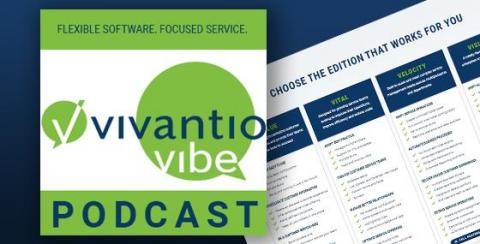The 7-step project closure checklist to end on a high note
Starting a project is easy. Set your objectives, create a plan, and execute. But what about project closure? Too often, projects are never formally put to bed. They’re just “sort-of” closed. Small issues are left unresolved, which can come up later as big problems. Don’t worry. We’re not going to let that happen to you. Keep reading to get our 7-step checklist for closing a project the right way (and impressing your boss while you’re at it).







